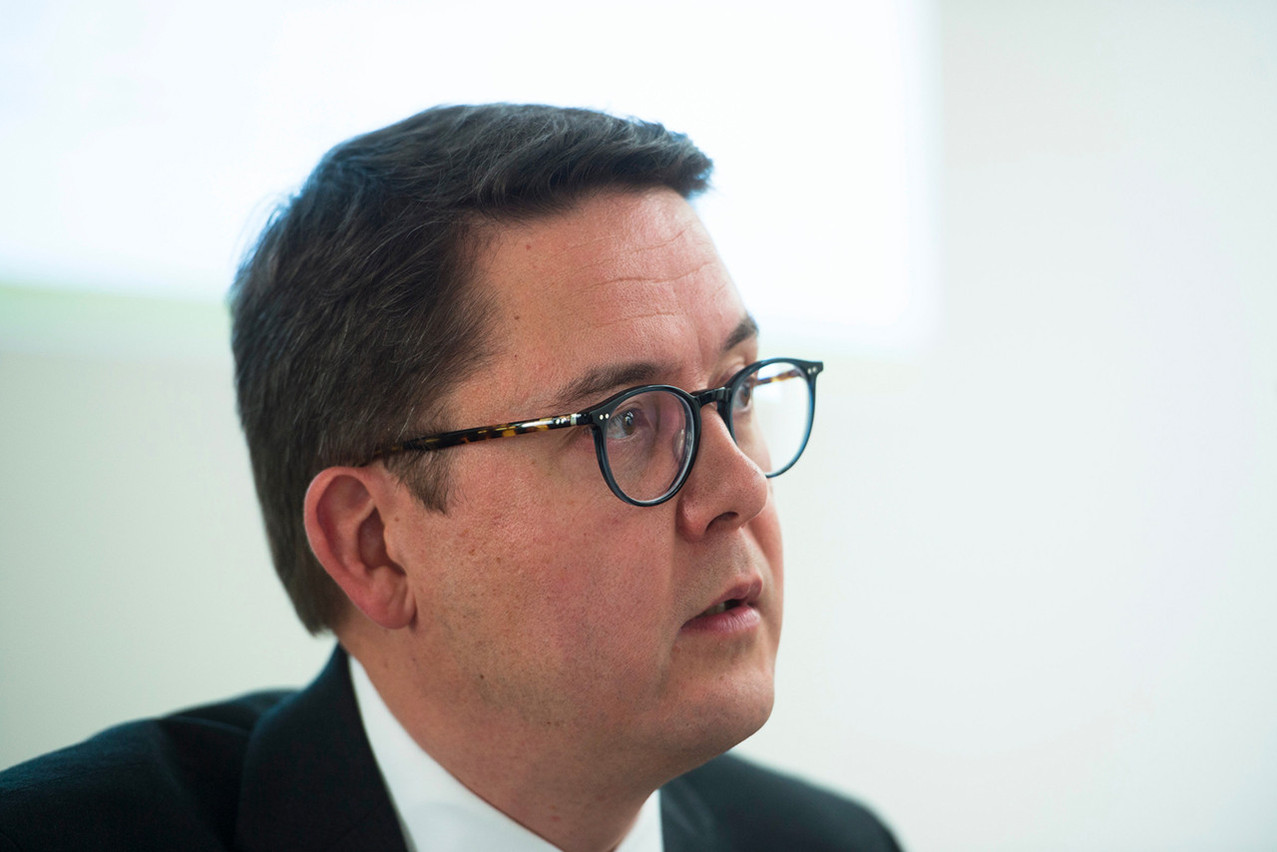, member of the executive committee and chief economist at BGL BNP Paribas, believes that the eurozone is heading for “a small recession, a significant decline in headline inflation from 2023 onwards and a gradual decline in core inflation.” He endorses the ECB’s figures, which expect inflation to return to levels close to its 2% target by 2025.
Last December, the ECB forecast a total inflation of 6.3% in 2023, 3.4% in 2024 and 2.3% in 2025 as well as core inflation of 4.2% in 2023, 2.8% in 2024 and 2.4% in 2025.
If this underlying inflation persists, total inflation should mechanically fall with the decline in energy prices and the normalisation of the logistics situation. The economist attributes this normalisation to the supply side, as the decline in demand, although noticeable, has so far been marginal. He expects “the ECB to raise rates by at least one more point in the first half of the year.”
The situation is similar in the US, although that economy is ahead of the cycle compared to the Europeans. Headline inflation peaked at 9% in June and has been falling since. It reached 6.4% in December. Core inflation, which has fallen slightly, remains high at 5.7% in December after peaking at 6.7% in September. As for the ECB, Nosbusch expects the Fed to raise rates further in the first half of the year.
Confidence in central bank action
Will this be enough to curb inflation? The worst-case scenario for central banks is that the current causes of inflation are compounded by “second-round” inflationary effects, particularly in wage growth. The latter is increasing in Europe: it “now averages between 2.5% and 3% for the eurozone as a whole” and reached 6.1% in December in the US. Growth is being driven by historically low unemployment rates.
However, according to various leading indicators, economic operators--both individuals and companies, in Europe and the United States--are expecting a return to inflation levels close to the central banks’ targets. In other words, “the effectiveness and credibility of monetary policies are not being questioned, thus avoiding an inflationary spiral such as we saw in the 1970s.”
A tense housing market
Meanwhile, interest rates will continue to rise. This will make an economic slowdown--not a recession, according to the economist--inevitable.
This rise in interest rates also has an impact on the property market. In Luxembourg, Nosbusch notes a drop in demand for credit. “But demand remains very high overall,” he says.
He also notes an increase in distressed loans, though the “increase is not significant.” In his view, the fact that banks have pushed fixed rates in recent years will prevent a crash. But he acknowledges that the situation could become “tense” for households that have previously taken out a variable rate loan.
This story was first published in French on . It has been translated and edited for Delano.
